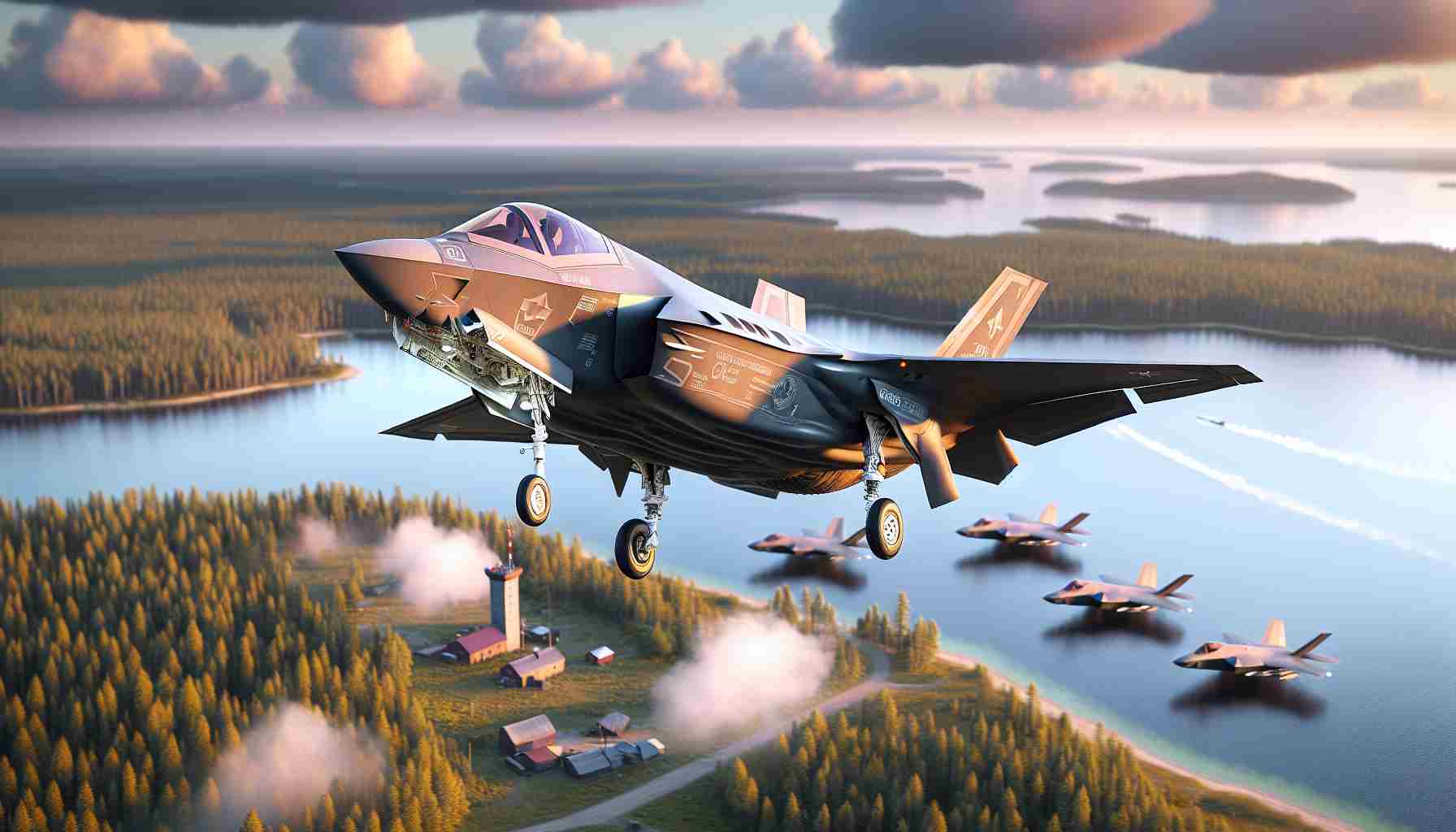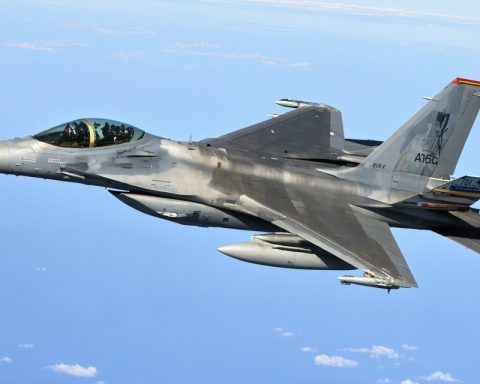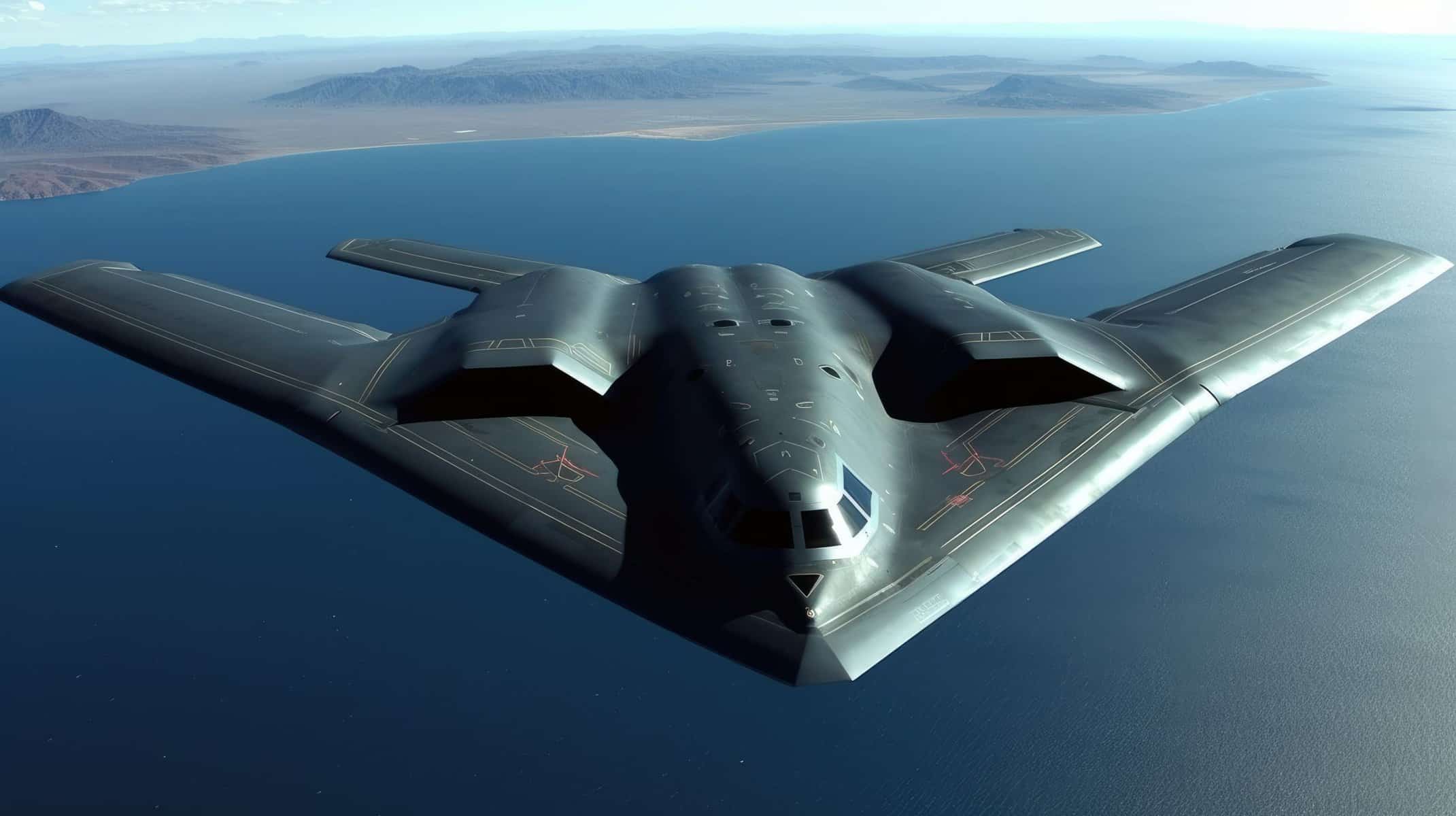A squadron of four state-of-the-art F-35 fighter jets from the Netherlands has touched down at the Ämari Air Base in Estonia. These cutting-edge aircraft arrived to bolster NATO’s aerial oversight and protection over the Baltic nations.
This deployment is part of NATO’s ongoing mission to ensure airspace security in the region. The Dutch Ministry of Defense has confirmed that the F-35s will carry out crucial patrol duties until the scheduled end date of March 31, 2025, providing stability and assurance to the area.
Earlier this year, the regular rotation of NATO’s fighter jets was temporarily halted at the Ämari Air Base. This pause was necessary due to significant updates and improvements being made to the runway. During this period, NATO aircraft were relocated to the Lielvārde Air Base in Latvia to maintain uninterrupted operations.
The arrival of the F-35s at Ämari signifies a return to normalcy for the base, reaffirming its critical role in NATO’s strategic operations in Europe. With enhanced capabilities, these fifth-generation jets offer unparalleled support and reliability, further strengthening the alliance’s capabilities in safeguarding Baltic airspace.
This deployment reflects NATO’s commitment to continued security cooperation and readiness in the region. The presence of these advanced jets underscores the importance of collective defense and the alliance’s enduring dedication to peace and security in the Baltic states.
How the Latest F-35 Deployments Could Transform Future Air Defense Strategies
The recent deployment of advanced F-35 fighter jets to Estonia’s Ämari Air Base marks a pivotal moment in NATO’s air defense strategy. These cutting-edge aircraft not only bolster airspace security in the Baltic region but also introduce a host of opportunities and dilemmas regarding the future of military technology and human advancement.
Why Are the F-35s a Game Changer?
The F-35 is renowned for its stealth capabilities, sophisticated avionics, and superior weaponry systems, making it one of the most technologically advanced aircraft in the world today. Its deployment in Estonia illustrates how modern technology can be leveraged to create robust defense mechanisms, enhancing NATO’s operational capacity in uncertain geopolitical climates. But what are the implications of this technology for humanity and the future of warfare?
Interesting Technological Facts
1. Adaptable Combat Roles: Unlike older jets, the F-35 is designed to perform a variety of roles, including air dominance, ground attack, and reconnaissance, which makes it highly versatile in diverse combat situations.
2. Network-Centric Operations: The F-35 can collect, share, and process massive amounts of data in real-time, allowing for greater decision-making efficiency. This enables comprehensive, network-centric operations that integrate air, land, and sea systems seamlessly.
3. Autonomous Systems: Incorporating elements of artificial intelligence, the F-35 can engage autonomously in electronic warfare and cyber operations, presenting a leap forward in technology that may redefine the human role in combat.
Advantages vs. Disadvantages
Despite these technological marvels, the introduction of F-35s to NATO operations comes with both advantages and controversies worthy of public discourse.
Advantages:
– Enhanced Security: The deployment ensures a stronger air defense shield over Baltic airspace, deterring potential threats and reinforcing NATO’s commitment to collective security.
– Technological Superiority: By utilizing state-of-the-art aircraft, NATO sets a benchmark for future military alliances regarding technological prowess and strategic overmatch.
Disadvantages:
– Cost Implications: The F-35 program is notoriously expensive, raising questions about the financial sustainability of long-term deployments and the allocation of defense budgets.
– Ethical Concerns: The increasing autonomy and AI integration in military technology provoke ethical dilemmas about decision-making in combat and the role of human oversight.
Related Questions
1. How does the use of advanced fighter technology impact global power dynamics?
The deployment of F-35s reinforces NATO’s strategic advantage, potentially shifting the balance of power, which could incentivize other nations to accelerate their own defense developments, triggering an arms race.
2. What does the integration of AI in military aircraft mean for future warfare?
As AI becomes more deeply embedded in military applications, concerns about the reduced need for human presence arise, forcing a reassessment of defense strategies and responsibilities.
For more on advancements in air defense technologies, visit the official NATO website.
This latest upgrade not only fortifies air defense postures but also signals a broader shift in how technology is driving military strategy, raising crucial questions about the future of human-machine interaction on the battlefield. As NATO continues its mission for peace and security, the ongoing deployment of F-35s offers a glimpse into the complex, interconnected future of global defense initiatives.












